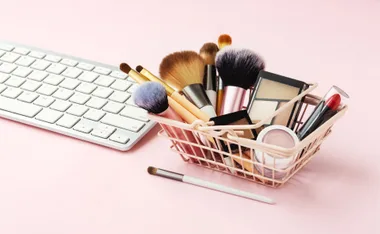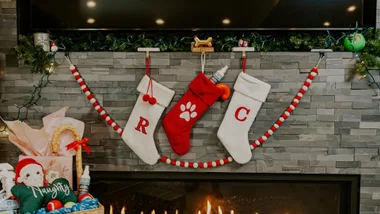Don’t trade in your old furniture. DIY update it instead. We show you how to make old furniture look new again with just a lick of paint and a “notice me”’ hue.

See the DIY tips on how to paint your own furniture.

WHAT YOU NEED
A heavy canvas drop cloth (lined with plastic, if painting inside)
Scraper to prepare wood
Medium and fine sandpaper, medium for use before undercoat and fine between coats of final colour (wear a mask for sanding).
Small angled brush (bristles 2cm-4cm wide) for hard-to-reach edges.
Large flat brush for flat surfaces.
Primer will give you an even surface and add to the durability of the paint.
Paint – either a satin/low sheen, semi- or gloss-finish (we chose Murobond Pure Acrylic in the colour Turquoise).

STEP 1 Work in well-ventilated areas such as a garage, workshop or outside under a covered veranda or deck.

STEP 2 Scrape back all of the old flaky paint, dirt and grime with a paint scraper – brush off the dust and clean your table with soap and water.

STEP 3 Use medium grit sand paper to rough up the surface of the table. It isn’t necessary to remove all the old finish; you’re just trying to create a surface that paint will adhere to.

STEP 4 Turn your table upside-down – then apply the primer under the table, the legs and inside/outside the drawers. Once dry, turn the table upright and paint the top and sides. Let it dry thoroughly.

STEP 5 Apply your first coat of colour to your difficult-to-get-to corners using your angled brush. Insert your brush about 2cm into the paint, tap on the side of the can to prevent dripping. Use your wider flat brush in long smooth strokes to the top, legs and sides.

STEP 6 Once the first coat of colour has dried, apply a light sanding with fine grit sandpaper. This will help the second coat adhere. Apply a third coat if necessary for complete coverage.

The final product.

TIPS ON HOW TO STORE LEFT-OVER PAINT
Transfer left-over paint to smaller airtight plastic containers so that your paint is on hand for touch-ups. (Paint kept in open cans is prone to drying out.) Create labels with the brand name and colour for easy reference.

TIPS ON HOW TO CLEAN AND STORE YOUR BRUSHES Soak brushes in water (or turpentine if using an enamel paint), until the bristles are free of paint. Run under warm water, add a few drops of dishwashing liquid to the brush and continue rinsing. Wrap brushes in paper towels to maintain their shape, and lay flat to dry. Wrap the brushes in plastic wrap to prevent the bristles from hardening.











